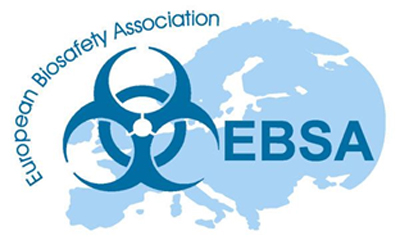Stainless Steel: A History in Hygienic Processes

An Introduction to Stainless Steel
In the world of modern hygienic processes, stainless steel stands as a symbol of reliability, durability, and purity. This alloy dates back to the early 20th century when it was first discovered, and in this blog post, we will explore the history of stainless steel’s role in ensuring hygiene and cleanliness in various industries.
Stainless steel is an alloy of iron that is resistant to staining, rusting and corrosion, with a minimum of 10.5% chromium content by mass and other elements to obtain the desired properties. Stainless steel’s resistance to corrosion results from the chromium, which forms a passive film that can protect the material and self-heal in the presence of oxygen.
There are different grades and surface finishes of stainless steel, having unique mechanical and physical properties, to suit the specific application. In Hygienic Processes most contact equipment in stainless steel is manufactured from either 304 or 316 type austenitic stainless steels, whilst Duplex stainless steels may be used for more corrosive environments, providing good resistance to stress corrosion cracking and in some very aggressive applications super-austentic grades or super-duplex grades may be required.
Stainless Steel Discovery
The story of stainless steel’s association with hygiene begins with Elwood Haynes who applied for a US patent on a martensitic stainless steel alloy and Harry Brearley, a British metallurgist, who in 1913, whilst researching materials for gun barrels in Sheffield, England, Brearley stumbled upon an iron-chromium alloy that displayed exceptional resistance to corrosion and staining. Brearley and Haynes worked together and formed the American Stainless Steel Corporation. Initially named “rustless steel” and “unstainable steel”, Brearley worked with a Sheffield based cutlery manufacturer, who gave it the name “stainless steel”.
World War I and Medical Advancements
During World War I, stainless steel found its initial niche in the production of military equipment and cutlery. However, its true potential was soon realised in the field of medicine. The alloy’s non-reactive, corrosion-resistant properties made it ideal for surgical instruments and medical equipment. Stainless steel’s hygienic benefits, such as the ability to withstand repeated sterilisation, quickly made it an indispensable material in the healthcare industry.
Expansion into the Food and Beverage Industry
As the decades rolled on, stainless steel began to be used in other industries, most notably food and beverage production and processing. Its resistance to corrosion and staining became invaluable in the manufacturing of food processing equipment, storage tanks, and pipelines. Stainless steel’s smooth, non-porous surface allowed for easy cleaning and sanitation, ensuring that food products remained uncontaminated.
The Brewing Revolution
The brewing industry, in particular, witnessed a stainless steel revolution. Breweries adopted stainless steel tanks and vessels, replacing traditional materials like wood and copper. Stainless steel not only maintained the purity of beer but also offered the benefit of temperature control, crucial for modern brewing processes. The craft beer movement, in recent years, has further accelerated the demand for stainless steel equipment in the brewing industry.
Pharmaceuticals and Cleanrooms
In pharmaceutical manufacturing, where sterility is paramount, stainless steel is the material of choice. Cleanrooms, where drugs and medicines are produced, rely heavily on stainless steel surfaces and equipment. Its resistance to corrosion and ease of cleaning ensure that pharmaceutical products are free from contamination.
The Dairy Industry and Beyond
Stainless steel’s impact extends to the dairy industry, where it plays a vital role in the production of milk, cheese, and yogurt. The material’s ability to prevent bacterial growth and maintain product quality has made it indispensable. Beyond dairy, stainless steel is widely used in the production of cosmetics, personal care products, and even in the semiconductor industry.
Modern Innovations and Future Prospects
Today, stainless steel continues to evolve, with manufacturers developing specialized alloys and finishes to meet the specific needs of various industries. Its durability, longevity, and hygienic properties make it an environmentally sustainable choice as well.
As we reflect on the history of stainless steel in hygienic processes, it becomes evident that this alloy has not only transformed industries but also elevated the standards of cleanliness and purity. Its remarkable journey from accidental discovery to being an integral part of our daily lives serves as a testament to human ingenuity and the pursuit of hygiene and excellence. Stainless steel is not just a material; it’s a symbol of our commitment to cleanliness and quality, making the world a safer and healthier place.
If you would like to discuss the ideal Stainless Steel for your requirements please contact Suncombe’s experts who would be happy to chat through the alternatives with you.


